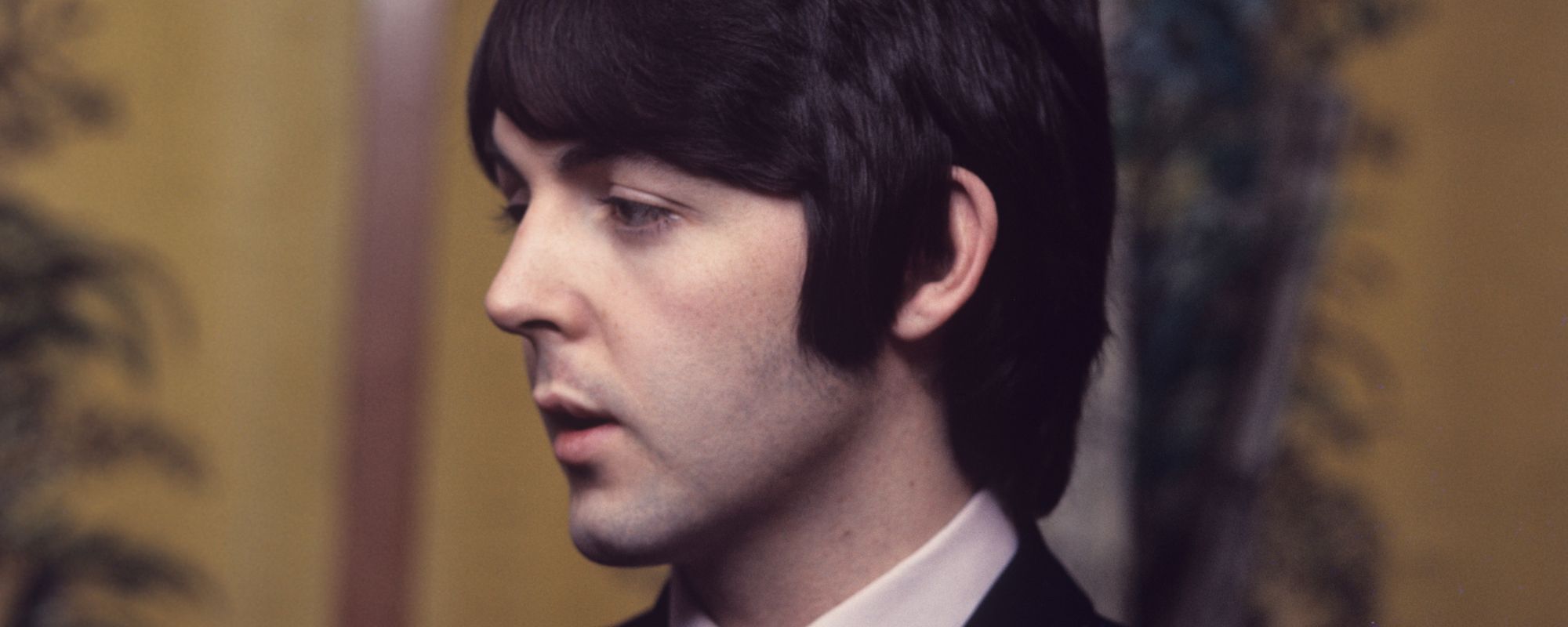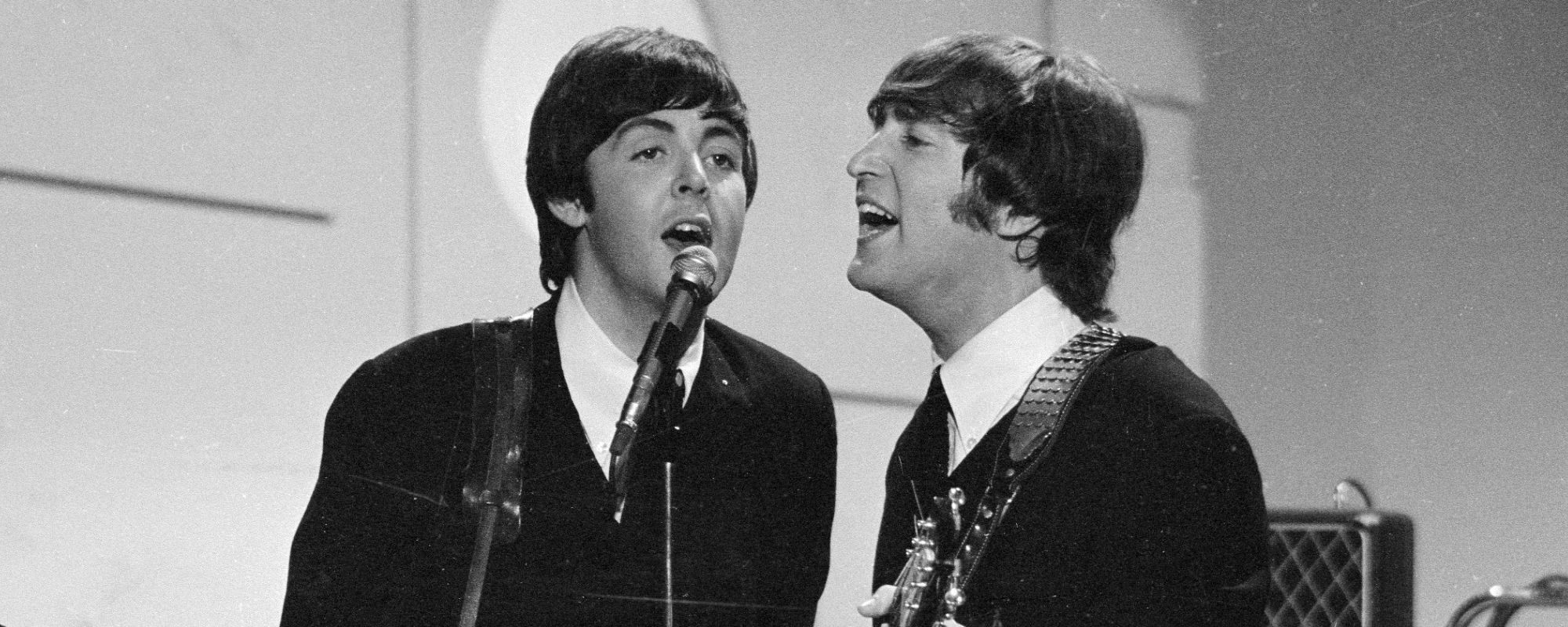Let’s get this out of the way: Tug of War is not technically the beginning of Paul McCartney‘s solo career. Macca had already released two solo albums by the time that it was released in 1982, including one that came out just two years prior to it.
Videos by American Songwriter
But you could argue that Tug of War set the template for what his solo career would become, as a record featuring McCartney writing and performing the material with the help of a wide swath of ad hoc collaborators. It also stands out as a triumph at a tumultuous time in McCartney’s life.
War Games
The initial plan was for Tug of War to be the eighth album by Wings, the band McCartney started in 1971 because he still enjoyed working with a steady group of fellow musicians. Wings’ last album (Back to the Egg) came out in 1979, and Paul followed it up the next year with McCartney II, a record where he played all the instruments himself (just as he had done with McCartney in 1970).
McCartney wrote a slew of songs for the next record with the intent of bringing Wings back so that they could help him bring it to life. But when he assembled them for rehearsals, he found he didn’t have quite the same enthusiasm for the process. The band also struggled to get the material into the shape McCartney envisioned.
Perhaps McCartney innately understood this record would be scrutinized in a way none of his previous records had, meaning there couldn’t be any letdown. The death of John Lennon in 1980 indirectly put the remaining three members of The Beatles, and their upcoming musical projects, under the microscope.
Once the sessions with Wings failed, McCartney turned on a dime and happened upon the idea of inviting whatever musicians he fancied to come and contribute to the record. That included not only ace session players such as Steve Gadd and Stanley Clarke, but also A-list artists in their own right, like Stevie Wonder and Carl Perkins.
McCartney also leaned hard into his Beatles past, getting George Martin to produce and having Ringo Starr play drums on three tracks. But the collaborator who had arguably the biggest impact on the proceedings was Eric Stewart, whose work with 10cc clearly influenced the walled backing vocal arrangements.
The Musical Legacy of Tug of War
McCartney rose to the occasion on Tug of War, which could have been a case of him focusing intensely on the work as a way of coping with his feelings about Lennon’s death. When he addressed his old buddy on “Here Today,” all those emotions came floating to the surface on a bed of a typically tender Martin string arrangement.
But Tug of War doesn’t spend too much time wallowing. The title track opens things up in a stately fashion, as McCartney bemoans conflicts both personal and political. But then we’re off into the sophisti-pop smoothness of “Take It Away,” and then not long after grooving along to the furious funk of “What’s That You’re Doing?” the lesser-known of the two collaborations with Wonder on the record. The other, the well-meaning if unambitious “Ebony and Ivory,” filled the coffers as a runaway No. 1 hit.
Go deeper into Tug of War and you’ll keep finding gems. “Somebody Who Cares” and “Wanderlust” are touching ballads, “Get It” lets him rip it up with Perkins, and even stylistic oddballs like “The Pound is Sinking” and “Ballroom Dancing” work quite well.
McCartney was on such a prolific roll at the time he had enough stuff for another album (Pipes of Peace), which followed up this one to less acclaim. Tug of War set him on the path for solo glory, and his first effort taking the artist-with-cast-of-thousands approach still stands as one of his best.
Photo by Jerry Wacher/Images/Getty Images













Leave a Reply
Only members can comment. Become a member. Already a member? Log in.